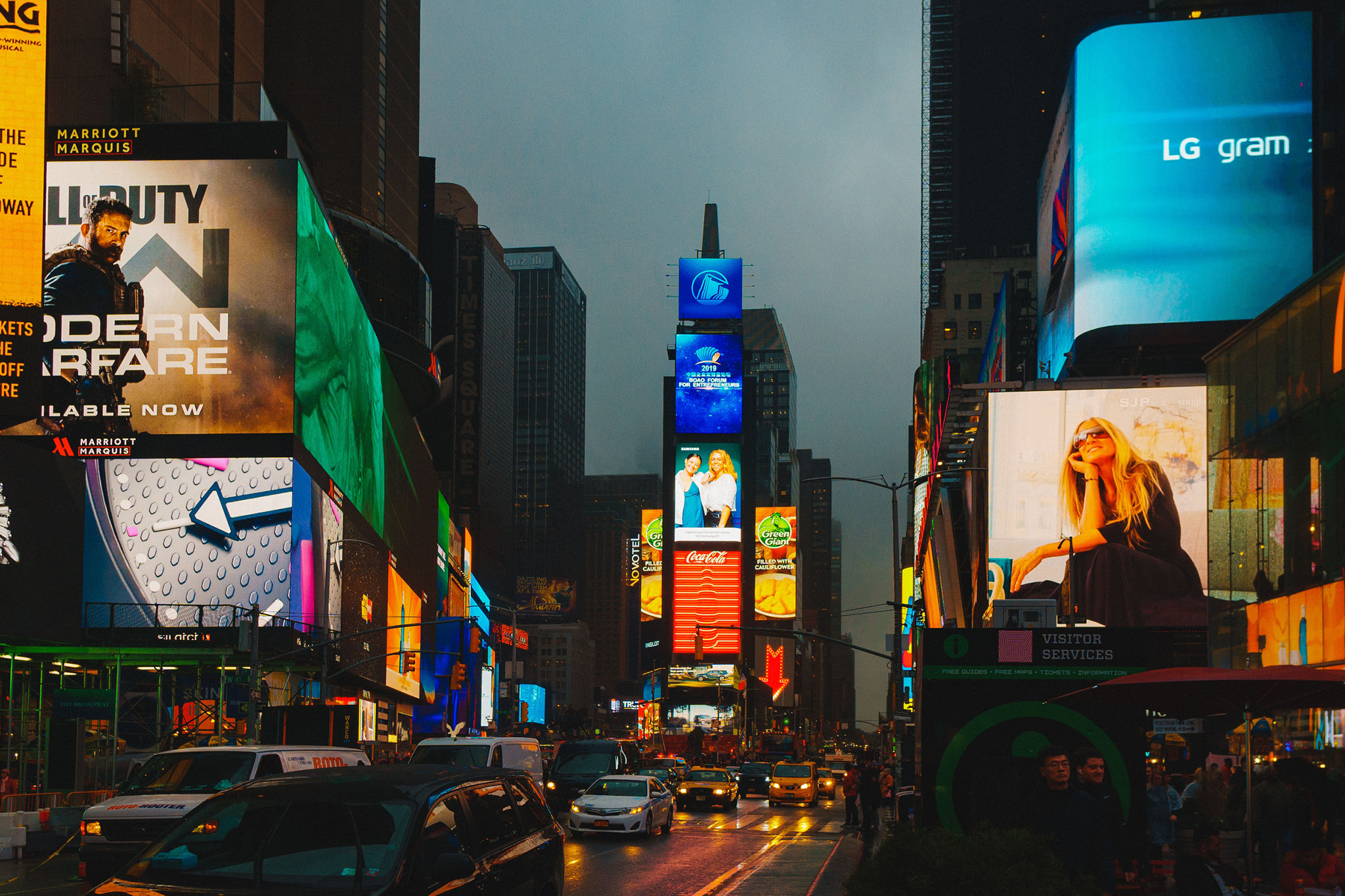Examining the Wide-ranging Connectivity Solutions Available for LED Display Panels
Examining the Wide-ranging Connectivity Solutions Available for LED Display Panels
Blog Article
Light Emitting Diode wall panels have secured traction for their ability to deliver high-quality imagery in multiple settings, from corporate environments to entertainment venues. One of the most significant aspects of these panels is their interface capabilities, which allow users to connect them to different devices and systems. Comprehending the broad input options supported for Light Emitting Diode wall panels is vital for maximizing their use and effectiveness. This discussion details these features, showcasing how they can adapt to specific needs and preferences.
One common interface approach for LED wall panels is HDMI. High-Definition Multimedia Interface is widely recognized for delivering crisp video and audio signals between devices. This connection type is especially beneficial in commercial settings, such as meeting spaces or classrooms, where presentations or video content are often displayed. By using digital connectors, users can easily connect laptops, projectors, and streaming devices to LED wall panels, guaranteeing a sharp and vibrant display of media.
Another commonly used connectivity option is DisplayPort, which is similar to High-Definition Multimedia Interface but offers enhanced advantages. DisplayPort can support elevated refresh rates and display outputs, making it an ideal choice for gaming or graphic-intensive applications. For those deploying Light Emitting Diode wall panels in environments where performance is essential, such as competitive gaming venues or design studios, DisplayPort can provide the necessary visual clarity. Moreover, many modern computers and graphics cards feature DisplayPort connections, making it a convenient solution for technology-oriented professionals.
In addition to HDMI and DisplayPort, cordless transmission methods are becoming increasingly prevalent in LED wall panel solutions. Cable-free connections allow users to transmit content without the requirement for physical cables, enabling a streamlined and more adaptable setup. Technologies such as wireless internet and Bluetooth enable users to connect smartphones, tablets, and laptops directly to Luminescent Diode wall panels without tangled wires. This versatility is particularly advantageous in dynamic environments like trade shows or live functions, where rapid adjustments to displays are often required.
For extensive installations or more complex setups, network connectivity through Ethernet is another viable solution. Wired links provide a consistent and robust way to connect multiple Light Emitting Diode wall panels within a system. This approach is ideal for digital signage applications found in shopping malls or airports, where numerous panels may need to present coordinated content across a wide area. By using Ethernet cables and network switches, users can ensure that all connected panels receive consistent updates and information seamlessly.
Lastly, it's crucial to consider the future of connectivity with technologies such as USB-C and Thunderbolt 3. useful content These newer connection types offer increased data transfer speeds and versatility by allowing one cable to handle both energy transfer and data transmission. As more devices adopt these standards, LED wall panels equipped with USB-C ports will likely become more common. This evolution in integration not only enhances the capabilities of LED wall panels but also coincides with the emerging trend of minimalistic design in hardware arrangements by minimizing the number of wires required.
In summary, examining the broad interface methods accessible for LED wall panels reveals many opportunities for users across various fields. From traditional methods like HDMI and DisplayPort to contemporary cordless technologies and LAN setups, each pathway serves unique purposes tailored to specific this needs. Additionally, emerging technologies like Universal Serial Bus-C offer further developments in how professionals utilize Luminescent Diode wall panels. By understanding these connectivity alternatives, individuals can make informed decisions that enhance their overall engagement with these multifunctional visual solutions.